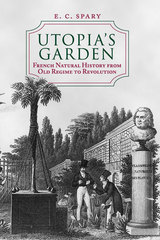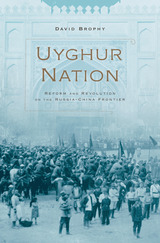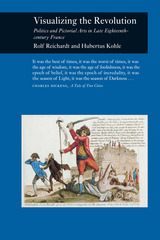Nonlinear Optimal and Flatness-based Control Methods and Applications for Complex Dynamical Systems
The Institution of Engineering and Technology, 2025
Cloth: 978-1-83953-819-3 | eISBN: 978-1-83953-820-9 (all)
See other books on: Abbaszadeh, Masoud | Quality Control | Rigatos, Gerasimos | Robotics | Siano, Pierluigi
See other titles from The Institution of Engineering and Technology
Cloth: 978-1-83953-819-3 | eISBN: 978-1-83953-820-9 (all)
ABOUT THIS BOOK | TOC
ABOUT THIS BOOK
Robotics, mechatronics and autonomous systems can exhibit complex nonlinear dynamics which can lead to unsatisfactory transients and deviation from setpoints or even to instability. A standard approach in the control of these systems had been the concept of diffeomorphisms to bring a system into a linear form. However, these methods are not straightforward and result in complicated state-space model transformations. In this monograph, new methods have been investigated which are not constrained by the shortcomings of global linearization-based control schemes. They can be implemented in a computationally simple manner, are followed by global stability proofs, and perform better than previous optimal control approaches for a wider class of nonlinear dynamical systems and applications.
See other books on: Abbaszadeh, Masoud | Quality Control | Rigatos, Gerasimos | Robotics | Siano, Pierluigi
See other titles from The Institution of Engineering and Technology












